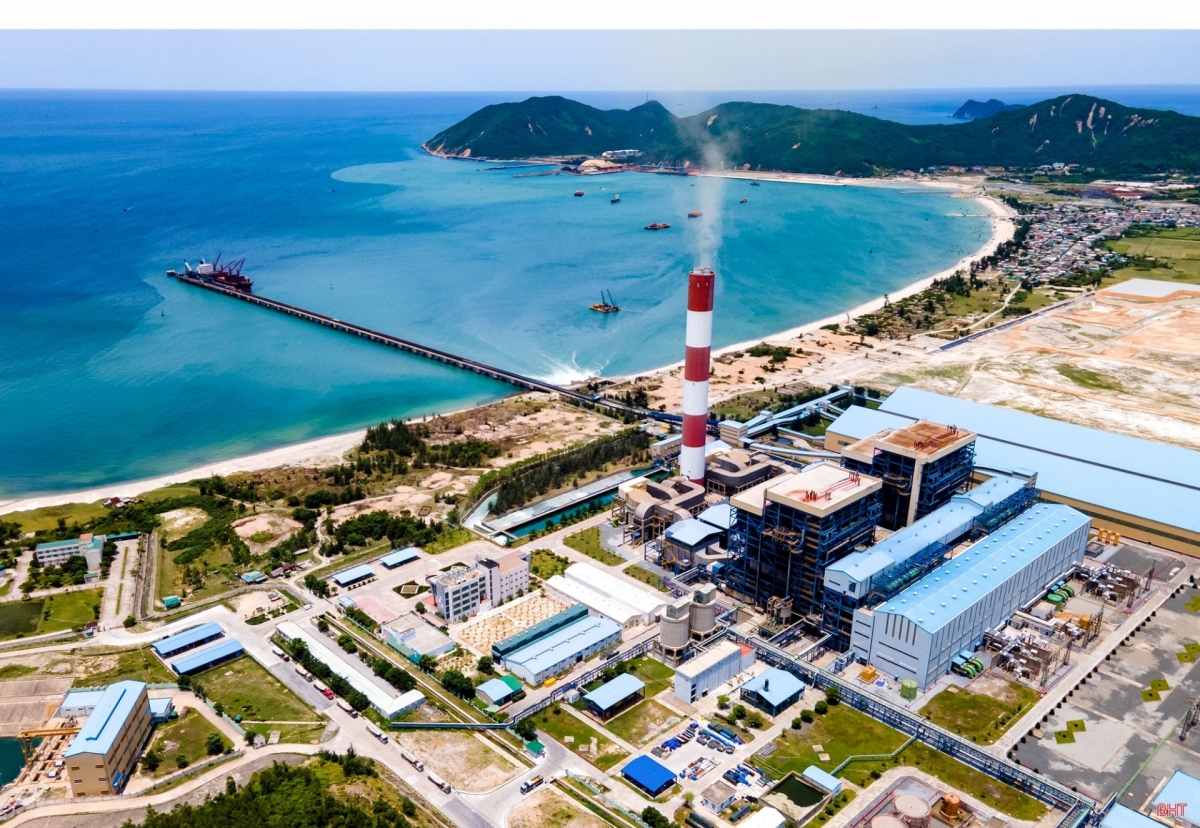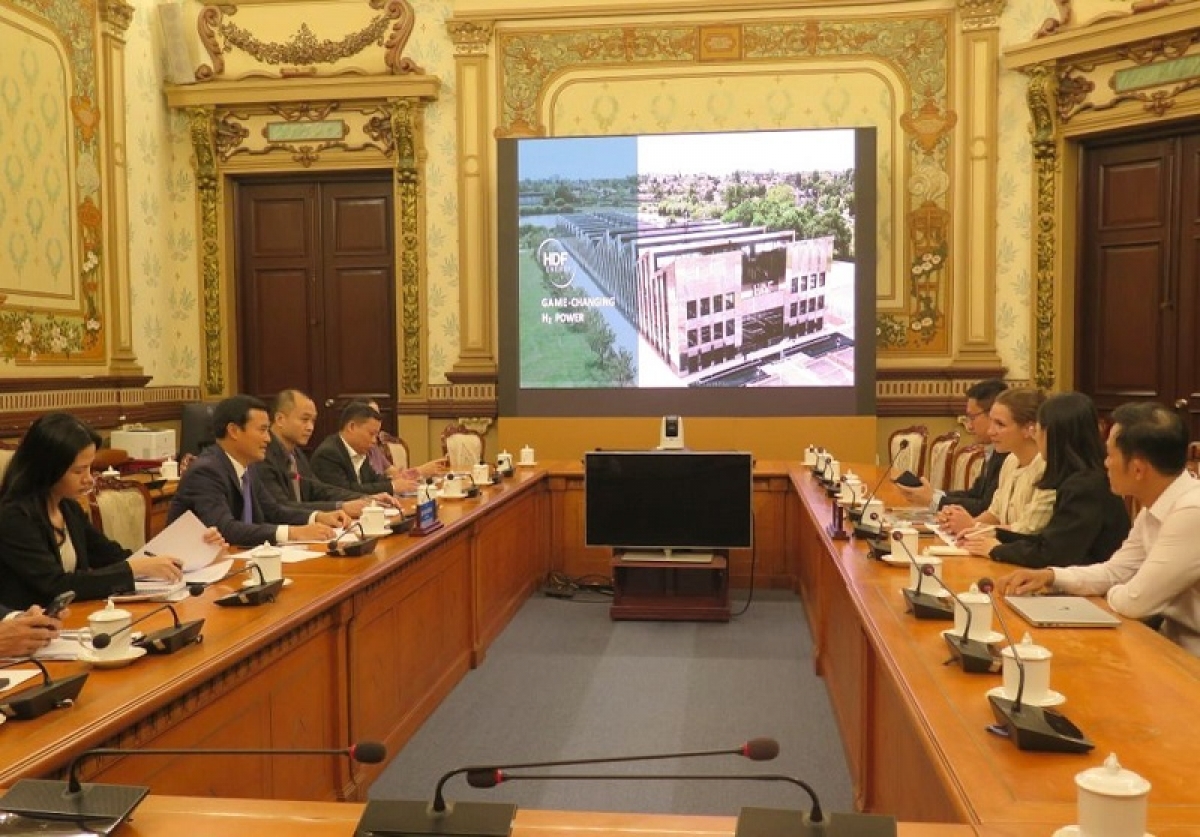INTERNATIONAL INVESTMENT
AND PORTAL
In March, Savills brokered a 55-year long-term land lease between Fuchs, one of the world’s largest lubricant manufacturers, and Phu My 3 Industrial Zone in the southern province of Ba Ria-Vung Tau. This 2-hectare property is part of the German manufacturer’s plan to expand its footprint in Vietnam. VIR’s Hai Van spoke with John Campbell, associate director and head of Industrial Services at Savills Vietnam, about the significance of the deal and Vietnam’s endeavours to attract similar investments.
How did you help Fuchs find a property in the right location with affordable leasing rates?
 John Campbell, associate director and head of Industrial Services at Savills Vietnam
John Campbell, associate director and head of Industrial Services at Savills Vietnam
Initially, our client wanted to find a property close to Ho Chi Minh City and Cat Lai Port, possibly in the southern provinces of Long An and Dong Nai. However, after discussing the options with our client, Cai Mep was ideal as it would mean avoiding the traffic that surrounds ports closer to Ho Chi Minh City.
This led to us sourcing properties in Ba Ria-Vung Tau and Cai Mep industrial zones (IZs), and our client selected Phu My 3 IZ. The zone is close to Cai Mep Port, which offers infrastructure and facilities that meet international standards as well as competitive rates. Currently, the average rent at PM3 IZ is $155-160 per square metre during the lease period.
How would you assess Vietnam’s industrial land supply?
Although some industrial provinces need more supply, in general, industrial real estate supply in Vietnam is growing steadily. For example, Long An has an abundant supply with many new IZs. However, localities like the neighbouring provinces of Binh Duong and Dong Nai have limited new supply and existing projects are almost fully occupied. This being said, we expect new IZs in these markets will be approved in the future.
In the north, the occupancy in IZs is also high, but this will be eased by the new supply expected in the northern provinces of Bac Giang and Hung Yen.
How does Vietnam’s lack of large land areas influence the growing investment demands?
This depends on the requirements of each investor. If they need a large land bank of 20-30 hectares, the supply in IZs is limited. However, there are many suitable sites for manufacturing or warehousing projects of 2-5ha each.
Savills data over the last two years shows that land leasing rates in Vietnam are rising relatively high compared to other countries in the region. What factors drive these rates?
A contributing factor was multinational companies relocating from China in 2018 and 2019. This resulted in increased land, factory, and logistics prices in Vietnam. In 2020 and 2021, while we found that land rents were more stable, they are still gradually increasing. Prices are rising more rapidly compared to other countries in Southeast Asia, as companies continue to invest in Vietnam and lease factories and ready-built properties.
Vietnam is currently the most popular location for IZs in the region, and it is often the first choice for businesses that want to leave China. This is why Vietnam receives more investments than countries like Thailand and Indonesia. It also explains the rapid price increases in recent years.
Will the high leasing rates affect Vietnam’s ability to attract foreign investment?
If prices continue to increase, it may affect the country’s competitiveness. This is particularly relevant in the areas surrounding Hanoi and Ho Chi Minh City, where land prices continue to rise. If this trend continues, it will be more difficult for investors to earn profits.
While inherently difficult, developers might have to look for alternative options once the price for land in IZs reaches $200 per sq.m for the lease period of their contracts. Although land prices are no longer as competitive as before, Vietnam is still an attractive destination. The forecasts show that once supply levels increase, industrial land prices will become more stable.
By Hai Van



















